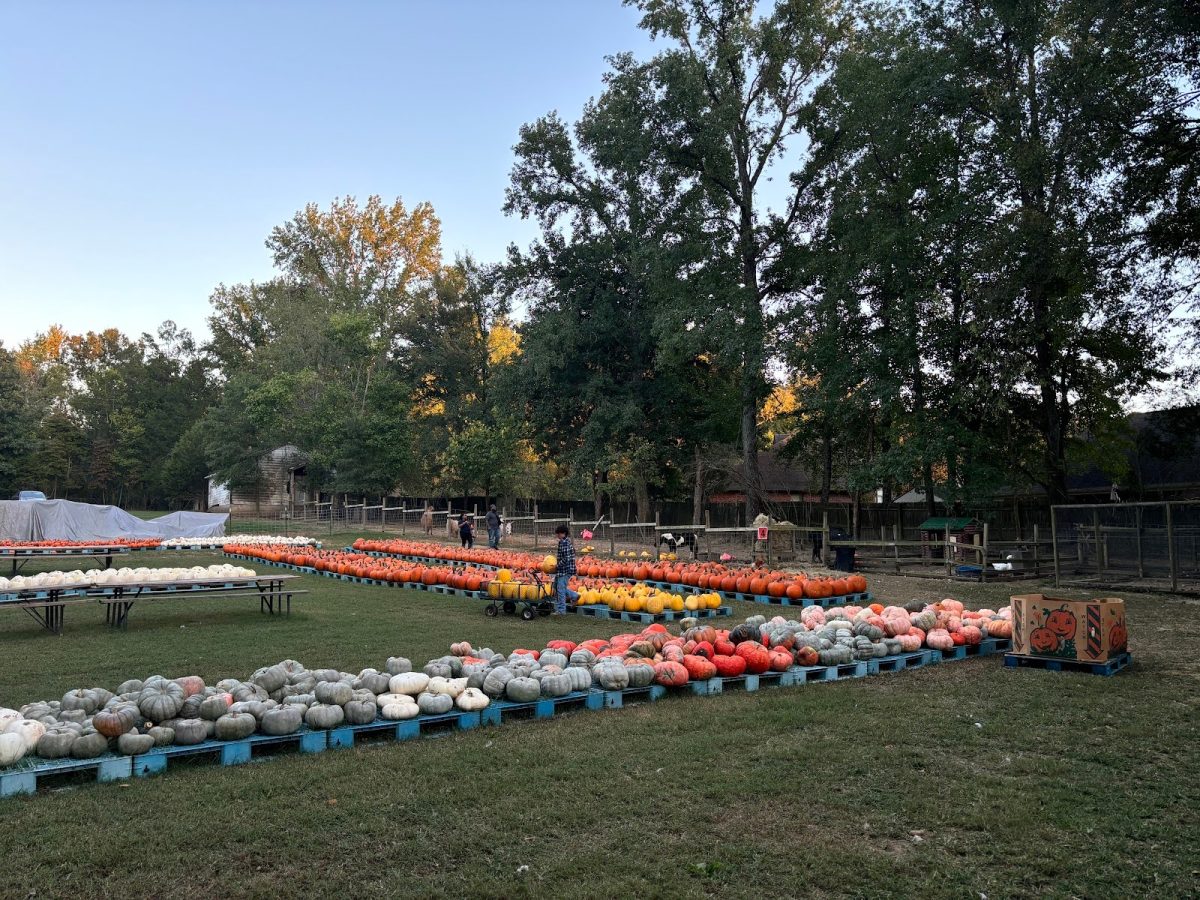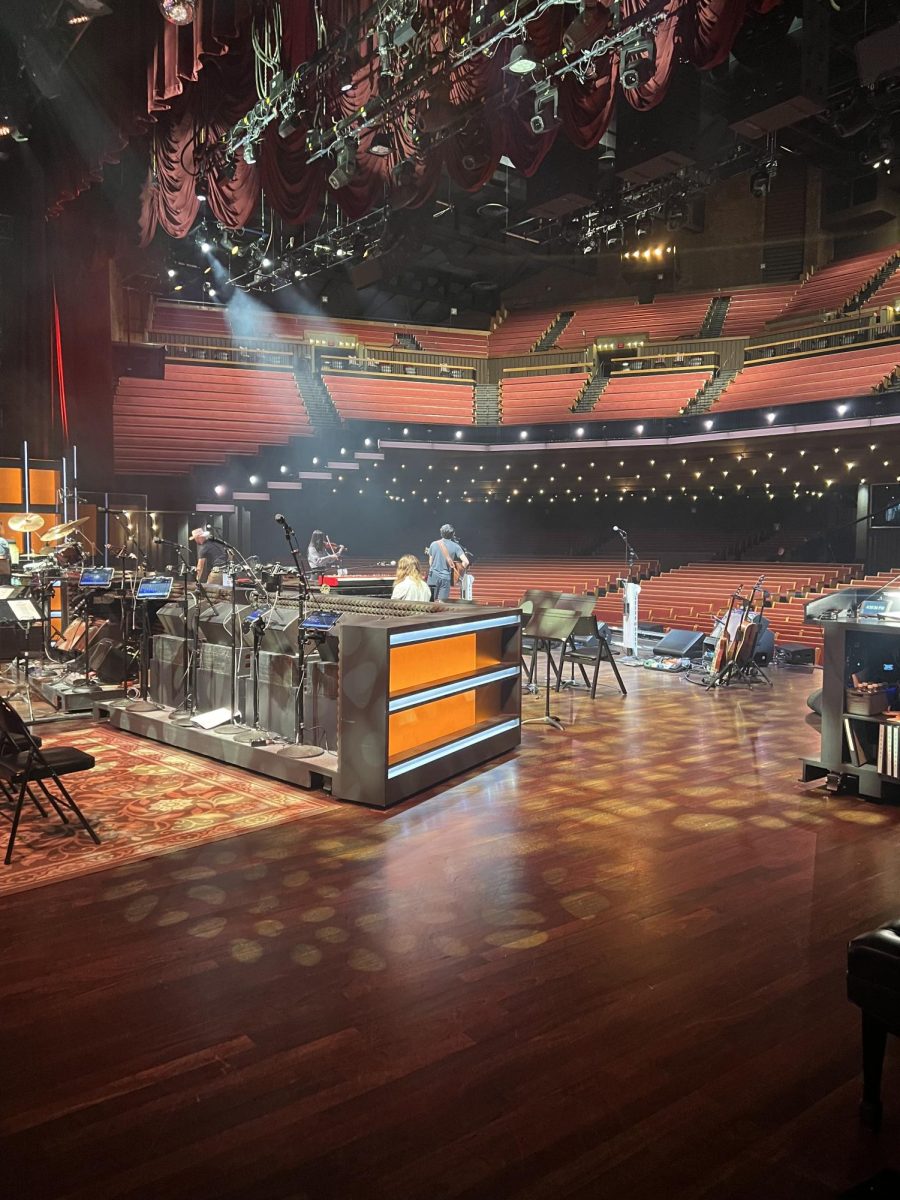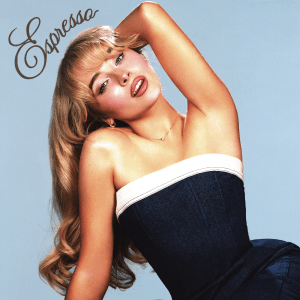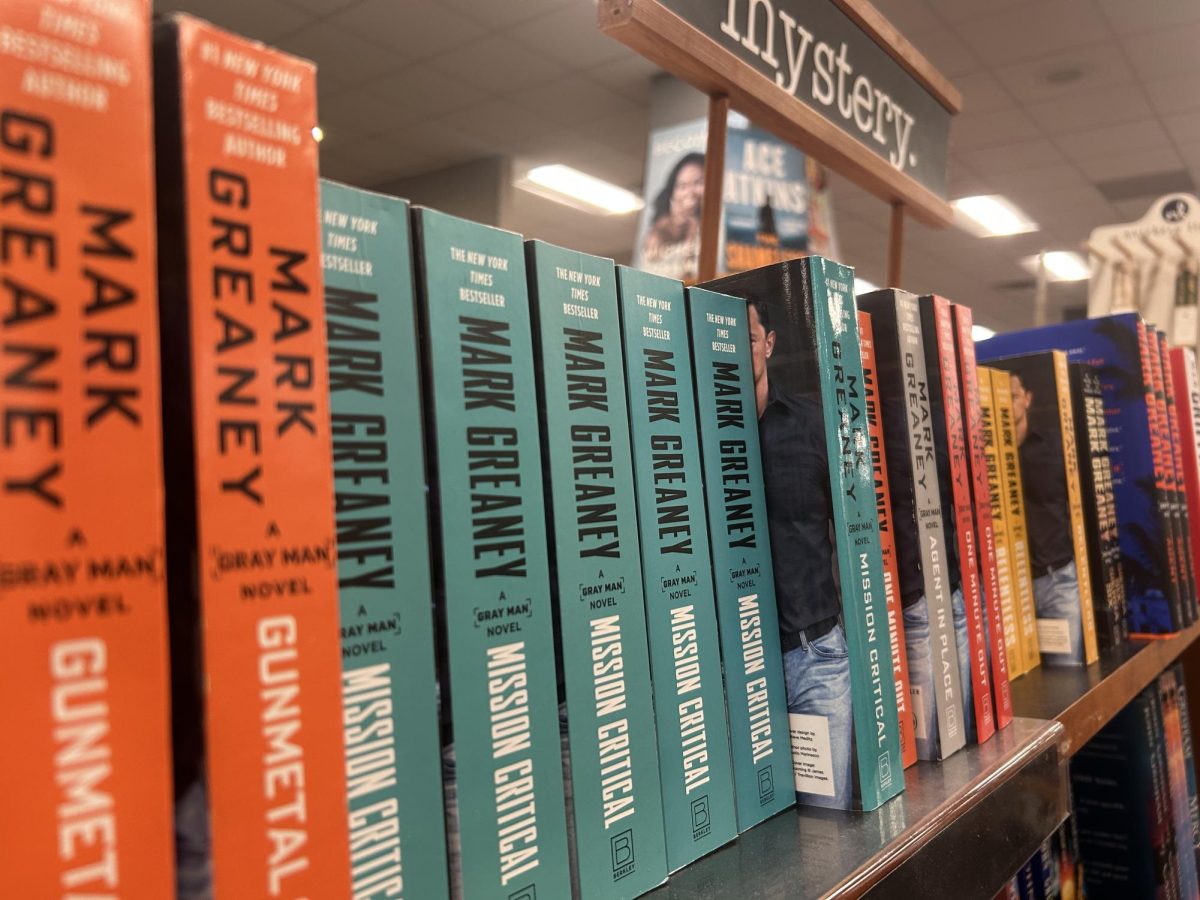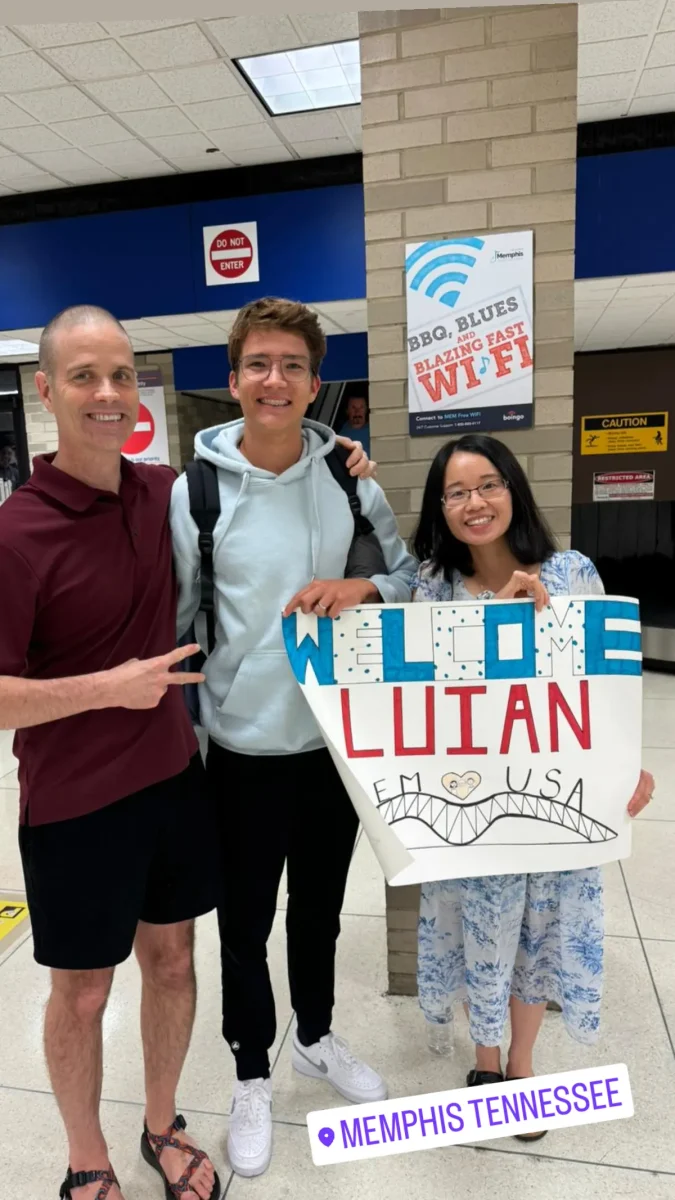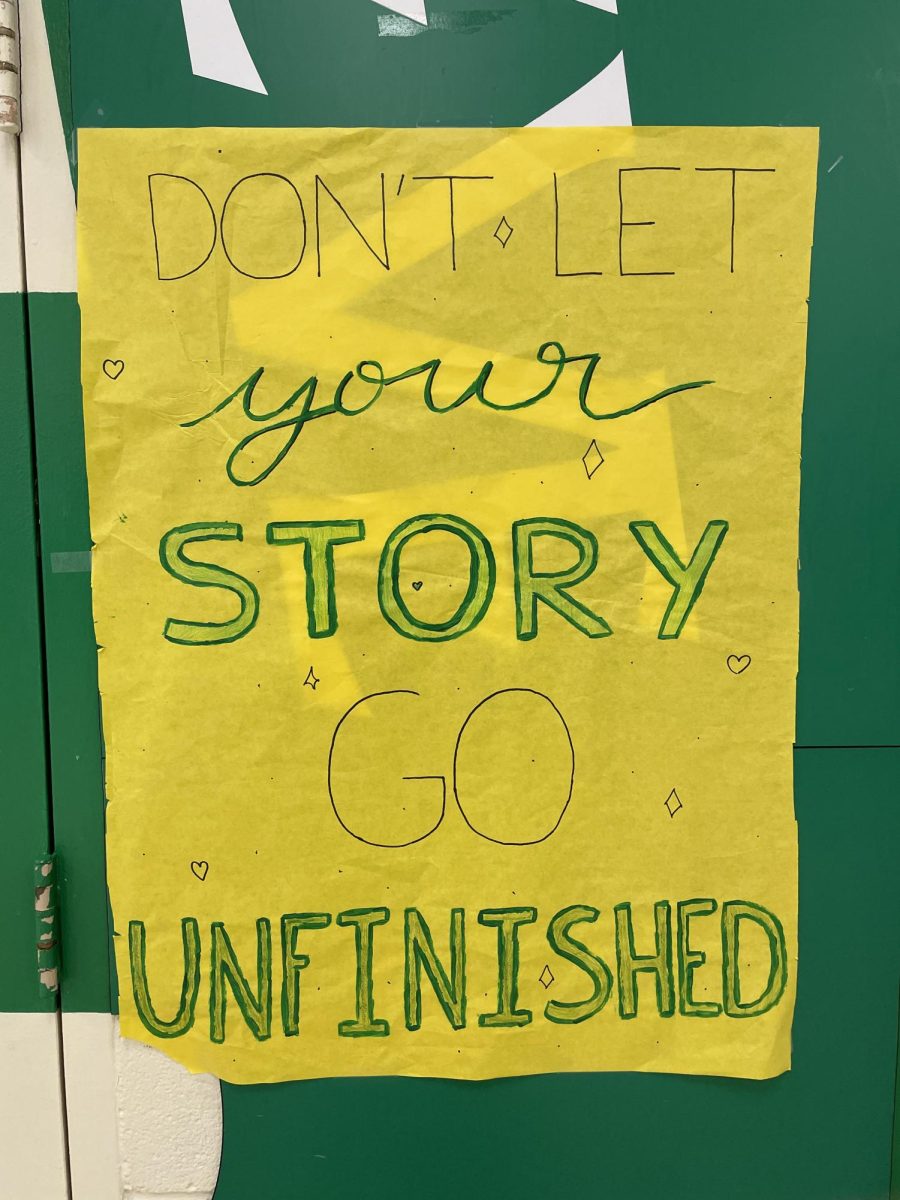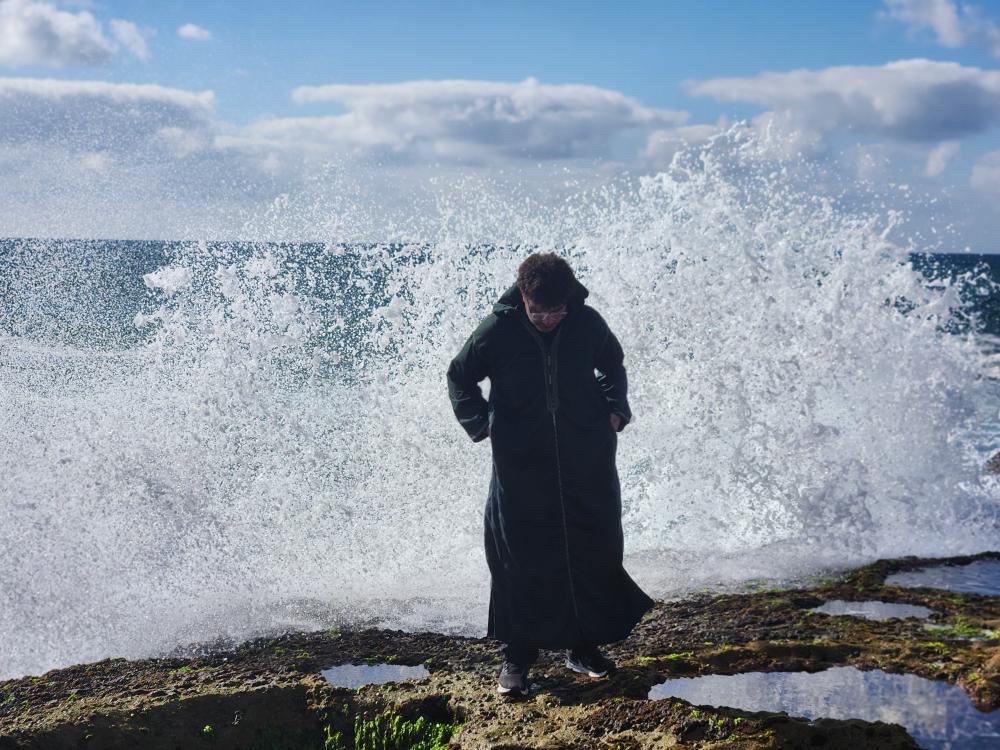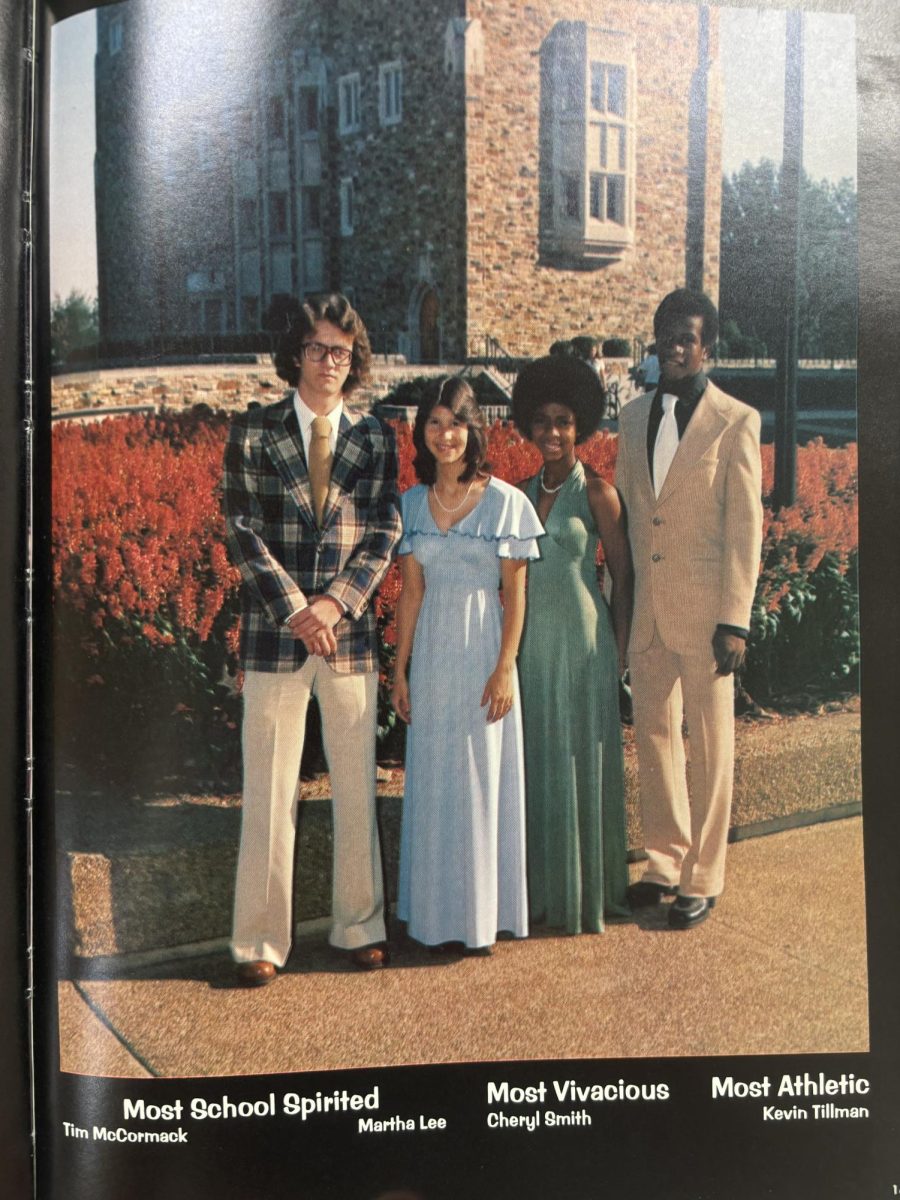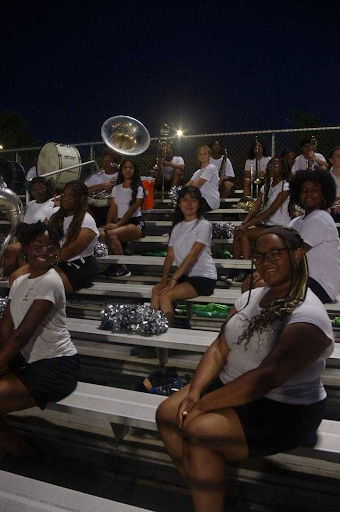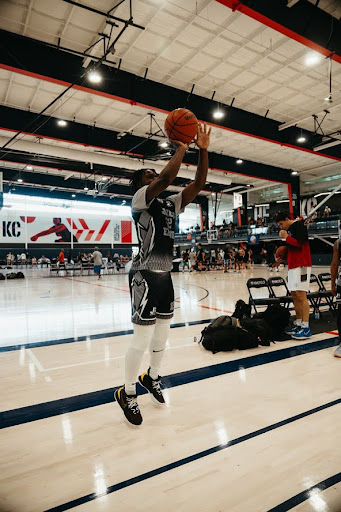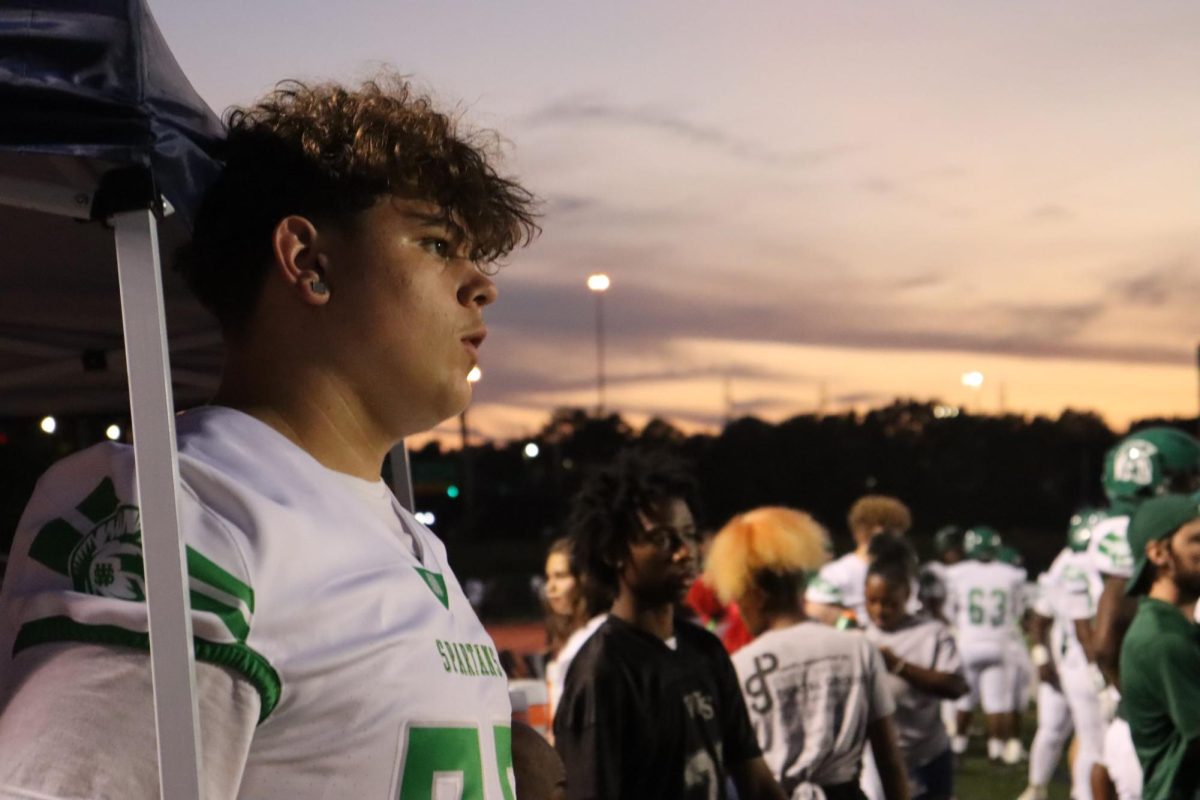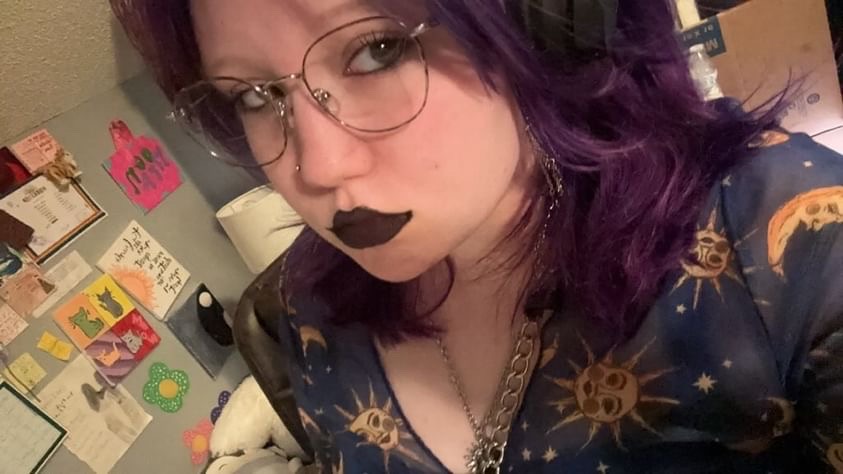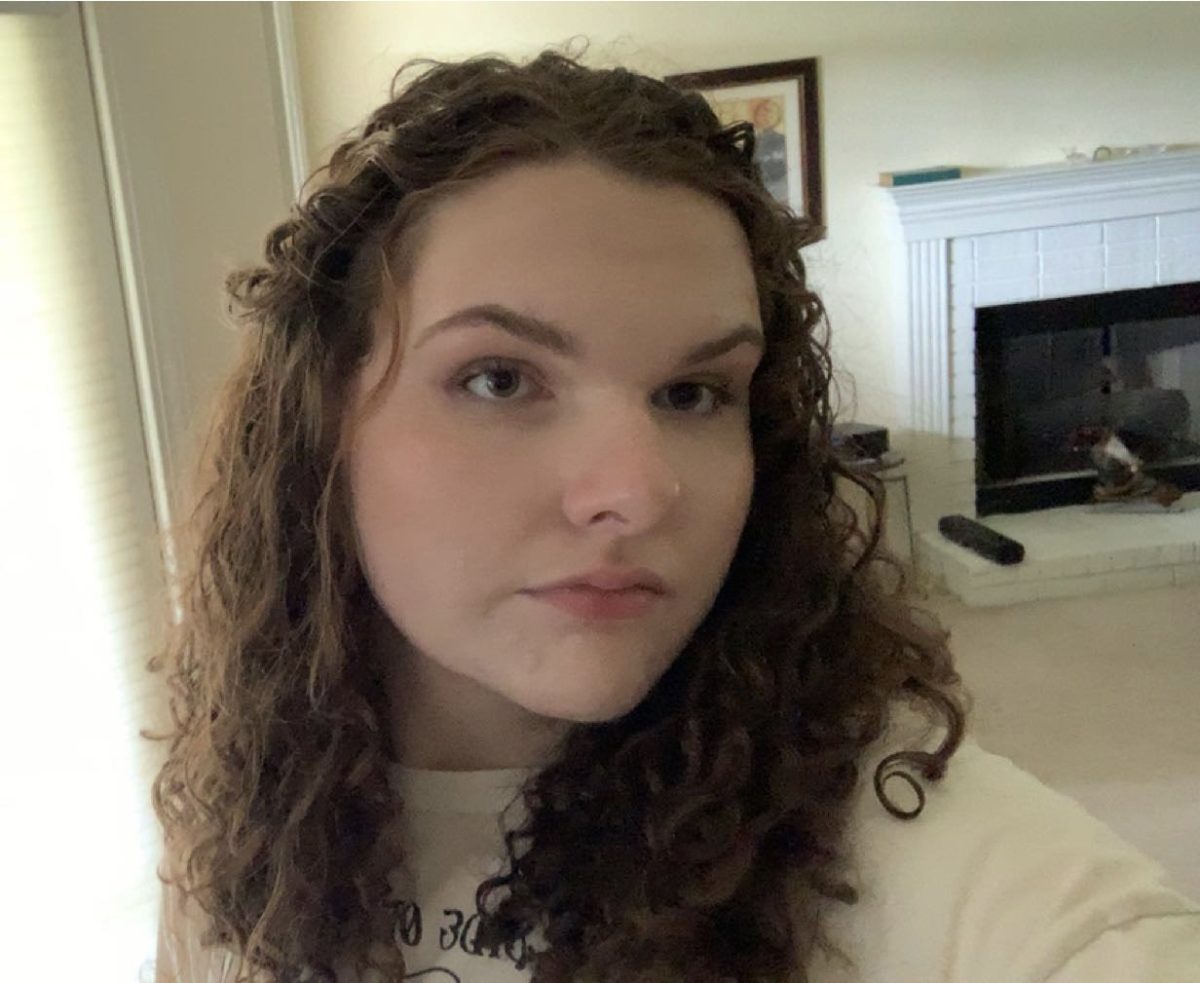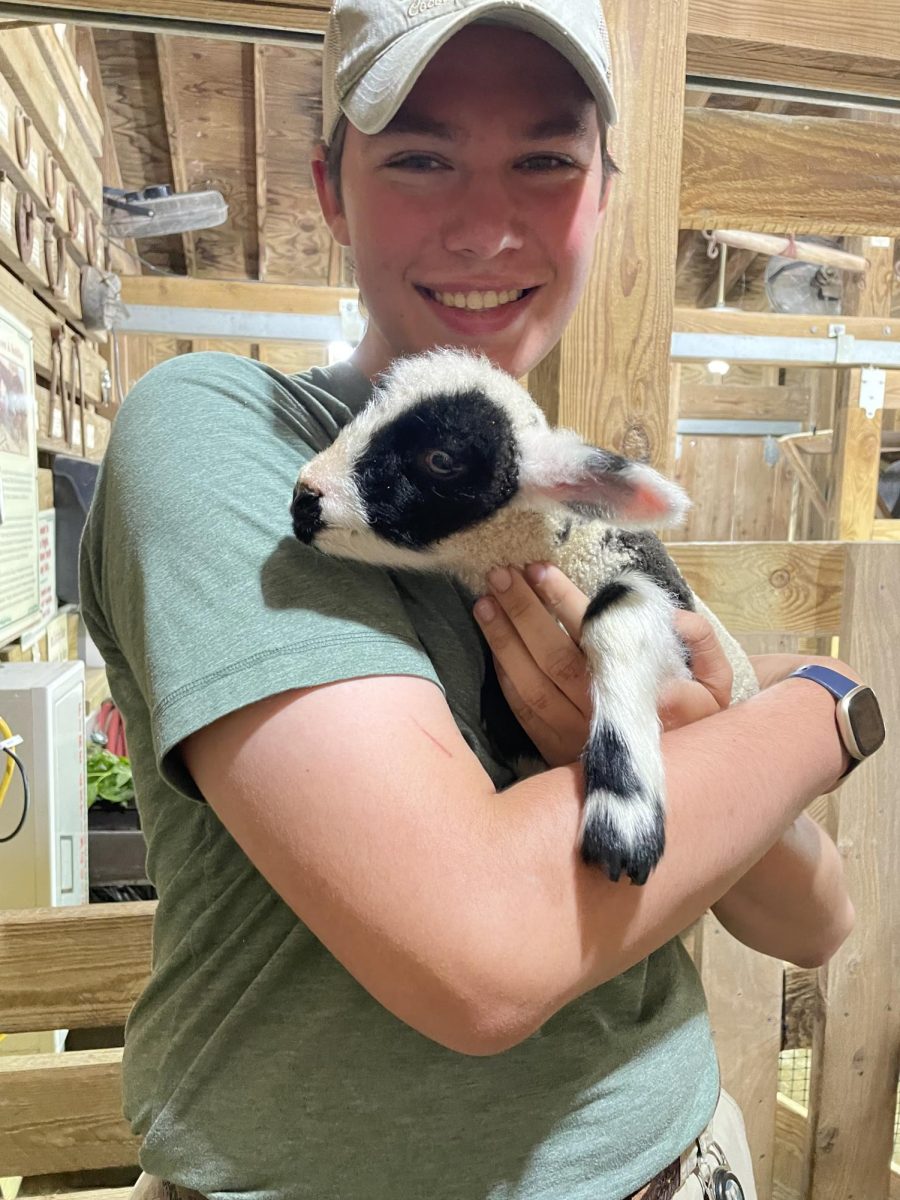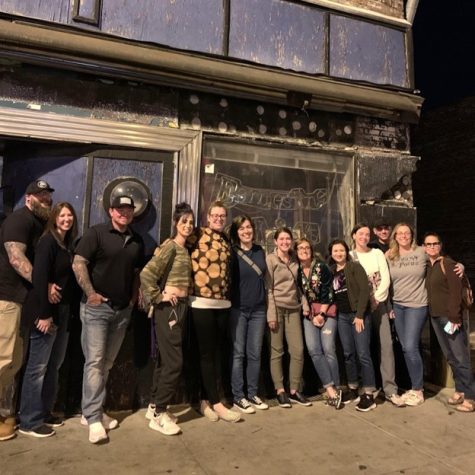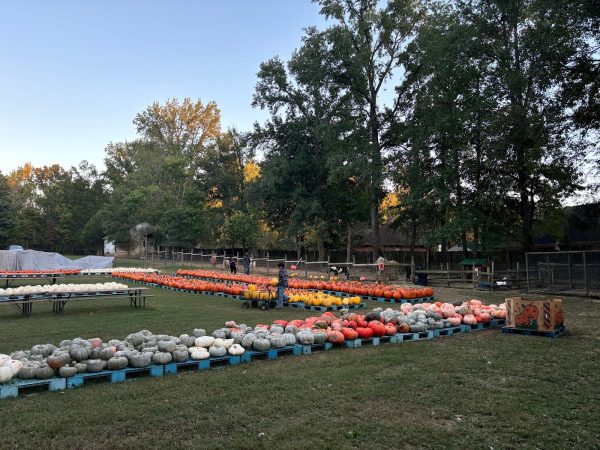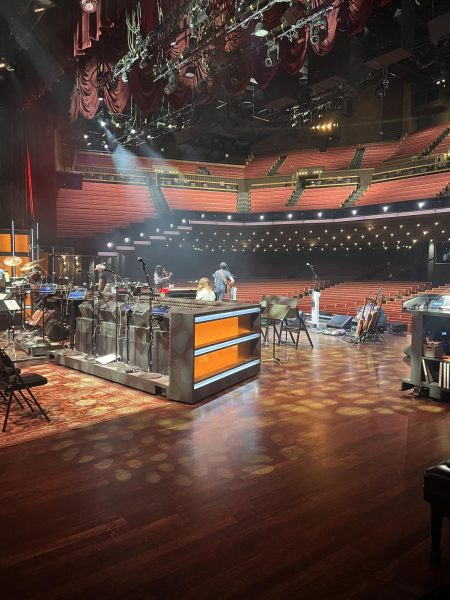Spirits and stories: the mysterious urban legends of Memphis
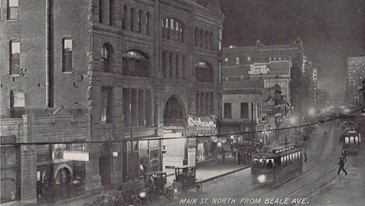
Historical Haunts tour participants pose in front of Earnestine and Hazel’s, a local bar notoriously known for being haunted. The Orpheum Theater is another iconic Memphis spot known to host spirits of the dead.
Memphis is known for its eccentric and quirky history. From the Civil Rights movement to Beale Street, Memphis is a city rich in legends and history. Nestled all over Memphis are places shrouded in mystery that have developed stories and legends of their own. Places stuck in the past, and maybe even places lurking with people of the past.
Historical Haunts is a local organization founded by paranormal investigators that features various spooky tours around downtown Memphis. From the Memphis True Crime tour to private investigations to ghost hunts, Historical Haunts offers a unique, sinister experience for both locals and tourists alike.
“We offer a variety of content tours from walking tours … and we actually do paranormal investigations on tour,” Tanya Vandesteeg, a part of the Historical Haunts team, said. “We do a walking ghost tour, a haunted bus tour and then on Fridays we do a haunted pub crawl.”
Memphis has many iconic spooky stories known by locals and tourists alike.
“When you look up anything on haunted Memphis…it’s going to pull up Earnestine and Hazel’s, the infamous dive bar on the corner of Patterson and South Main…it goes all the way back to the 1800s,” Vandesteeg said.
Supposedly thirteen people have died in the building, famous for its jukebox and iconic Soul Burger. Next to Earnestine and Hazel’s, possibly the most famous ghost story of Memphis is the tale of the little girl who wanders the Orpheum theater. According to legend, one night a little girl named Mary was killed in a trolley accident outside the theater. Though there is no documentation of this event ever happening, Mary is said to still roam the halls of the Orpheum and even has a designated seat.
One story overlooked by many Memphians however still chilling to the bone, is the legend of Pink Lizzie. Legend has it that in 1871, 13-year-old Clara Robertson was practicing the piano in the Brinkley Female College, when an apparition of a skeletal, emaciated girl in a pink dress appeared in front of her. The next day, the same ghost was reported to have been seen by Clara and a group of her friends. Eventually, Clara claimed the spirit told her that she was named Lizzie, and that Clara’s family had unfairly stolen the property from them. She instructed Clara that valuables were buried on the property in a glass jar and that she needed to recover them. By this time, the story had attracted media attention, with spiritual mediums and the press getting involved. Sure enough, Clara’s father and a team of people dug up an old jar full of papers.
“Clara’s dad decided to sell rights to the viewing of what’s inside of the jar … supposedly he left it in the bottom of the outhouse and they never found it again,” Vandesteeg said. “So the jar is still missing to this day, and nobody knows what’s in it.”
Years later, it was confirmed that a little girl named Lizzie Davis had indeed died in the house during 1861 — and was buried in a pink dress.
Another less known urban legend of Memphis is the possible hauntings of the Woodruff-Fontaine house. Nestled on Adam’s avenue, a street once known as “Millionaire’s row,” stands a grand Victorian house. Built in 1871 by Amos Woodruff, the house is supposedly haunted by his daughter, Molly. Legend has it that one husband and one child passed away in the house’s Rose Room, where visitors can still feel her presence. The residence has been restored and is now open to the public as a museum, where guests can tour the home and possibly encounter the spirit of Molly.
Memphis’s rich history has strongly contributed to the large number of spooky stories and urban tales. Nicknamed Deadman’s Ally, Barboro alley worked as a makeshift hospital during the Memphis Yellow fever outbreak of the 1870s, and is said to be home to spirits of those who died in the outbreak.
And of course, there is the King of Rock n’ Roll. The ghost of Elvis Presley is known to haunt the Graceland mansion that he famously passed away in. Those who have toured the house reported seeing the ghost of Elvis around the property and feeling a sinister presence.
These legends have given Memphis a unique culture and interesting secret history. Whether or not Clara actually saw the ghost of Lizzie or if Mary is actually wandering the halls of the Orpheum, these stories have intertwined themselves with Memphis culture — and who knows? Maybe there are some lonely spirits wandering the streets of the Bluff city.
Historical Haunts tour participants pose in front of Earnestine and Hazel’s, a local bar notoriously known for being haunted. The Orpheum Theater is another iconic Memphis spot known to host spirits of the dead.
Your donation will support the student journalists of White Station High School. Your contribution will allow us to purchase equipment and cover our annual website hosting costs.

